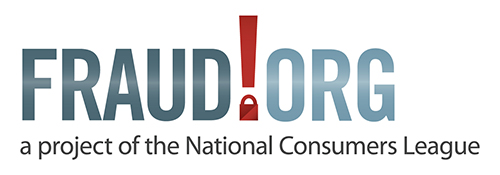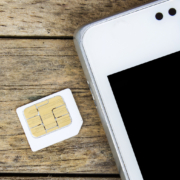Who’s on the other end of that line? An imposter – Fraud.org
In an imposter scam, fraudsters take on the identity of someone else — a government agency, a sweepstakes company, or even a relative desperate for help — to pressure victims into paying money for taxes, a prize, or a quick personal loan. Regardless of the ruse, these scams are designed to do one thing: quickly separate victims from their money.
Imagine the scenario: Your phone rings and the voice on the other end congratulates you for winning a sweepstakes. Great news, right?
Now imagine another scenario: You receive a call from someone claiming to be tech support for your computer. They say they’ve received reports that your machine may be infected with a virus and they need you to give them access so they can look into it.
Here’s an even worse thought: Your phone rings, but the caller says that they’re with the IRS, that you owe the government money, and that you will go to jail if you do not pay up immediately.
Depending on which scenario plays out on your phone line, you could be overjoyed or afraid. The odds are, however, that regardless of whether the caller says you’re a sweepstakes winner or that you owe the government money, you have just become a victim of one of the most popular scams around: the imposter scam.
In imposter scams, con artists pose as someone else — the IRS, a sweepstakes company, or a long-lost relative in need. The caller might say they need money for unpaid “taxes” owed to the IRS, or “processing fees” to claim a prize, or “lawyers fees” to get a loved one out of a jam. The set-ups vary, but these high-pressure con artists are good at what they do — convincing victims they need to pay up — or hand over personal information — in order to quickly resolve an issue.
If the victim agrees to pay, scammers typically ask for payment via a hard-to-track method such as a wire transfer, reloadable debit card, or iTunes gift card.
Unfortunately, these high pressure and often intimidating tactics appear to be working. Last year, these scams were the third most common complaint that the Federal Trade Commission (FTC) received, with more than 350,000 consumers reporting they’d fallen victim. They’re also one of the top scams that we hear about at Fraud.org year in and year out.
A consumer complaint we received at Fraud.org recently is typical of this scam. A grandfather in Florida received a phone call from a girl in tears pretending to be his granddaughter. His “granddaughter” said that she was arrested after an auto accident and that drugs were found in her car. The girl was supposedly overseas at the time and said that the American Embassy needed $1,150 to be wire transfered to her attorney overseas so that her lawyer could pay her bond, and then get her on an evening flight back home.
In this case and many others, the consumer fell victim to the imposter scam and lost the money he was tricked into sending the scam artist.
With the imposter scam coming in so many different variations, how can you and your loved ones learn to spot it and avoid becoming its next victim? Here are some basic tips you can use to help identify and protect yourself from a potential imposter scammer:
-
You can’t trust Caller ID. Scammers are pro’s at tricking Caller ID systems into showing the caller information they want it to show. Just because the Caller ID says “IRS,” “police,” or “National Consumers League,” that does not guarantee that the person on the other end is with that organization.
-
Don’t engage. Hang up. If you receive a call from someone urgently requesting money, don’t try and figure out whether they’re legitimate or not while they’re on the phone with you. Scammers are professionals who know exactly what buttons to push to get you to make a quick decision. The best thing you can do is simply hang up.
-
Be careful of emails, too. Scammers also run the imposter scam over email. If you receive an email from someone demanding money right away, it’s probably a scam. Instead of replying, simply delete the email. Don’t click on any links or attachments that come with the email. They could contain malware that will infect your computer and steal your personal information.
-
Look up the information on your own. If you’re concerned that the caller or email sender was for real, look up the phone number for the individual or agency in your phonebook or on the agency’s or company’s official website. Call that number yourself and check to see if what you were told by the caller is accurate.
-
Never pay for a prize. If someone informs you that you won a prize, you should not have to pay any taxes, delivery fees, or insurance payments to collect it. If they tell you otherwise, it’s a scam.
-
If asked for payment with a wire transfer, cash-reload card, or gift card–it’s a scam. These are all ways that scammers love to be paid because it’s practically impossible to track.
-
Report suspected fraud. If you become a victim of an imposter scam or you suspect you have spotted one, report it! You can file a complaint at Fraud.org via our secure online complaint form. We’ll share your complaint with our network of more than 90 law enforcement and consumer protection agency partners who can and do put fraudsters behind bars. The Federal Trade Commission also has many great resources on imposter scams available at www.ftc.gov/imposters.
- Print our Avoid Imposter Scams graphic and leave it by your phone to help loved ones know what to do in case they receive a call.





















